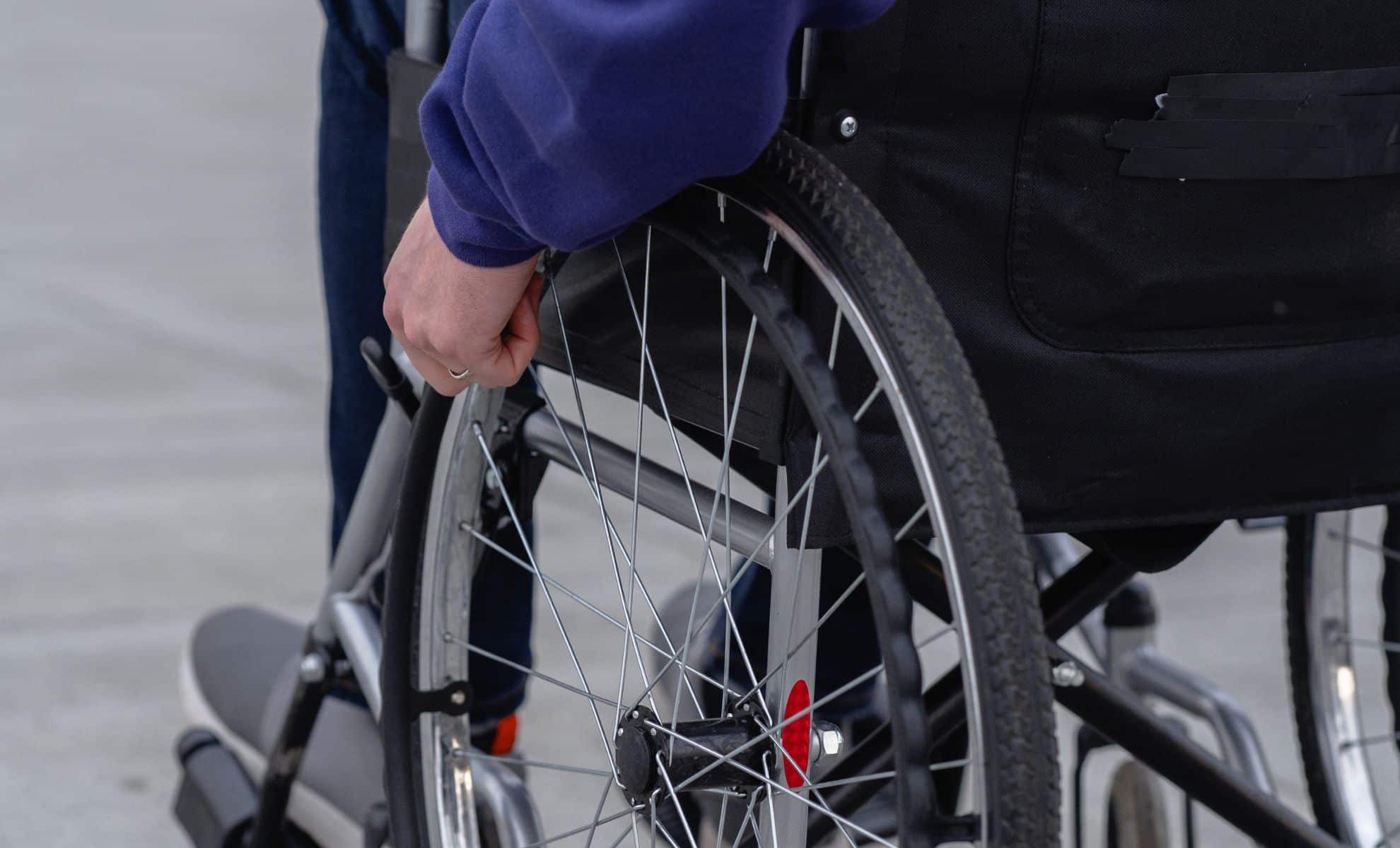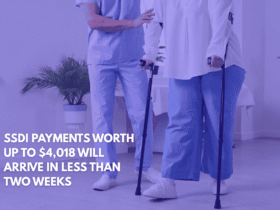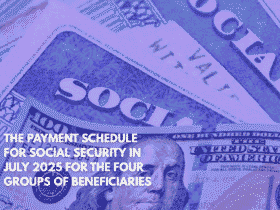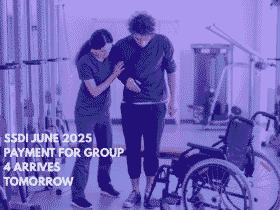In the United States, Social Security Disability Insurance (SSDI) helps people who can’t work because of a serious health problem. Every month, it provides money to those who are too sick or injured to earn a regular income. This support helps millions of people manage their daily expenses when working is not possible.
But here’s something many people don’t know — SSDI benefits are not always permanent. The Social Security Administration (SSA) checks from time to time if you still meet the requirements. If your health improves or your income goes up too much, the payments might stop.
In May 2025, the SSA is starting a new round of checks. Some people could lose their SSDI benefits this month — but only if they don’t take action in time.
Who Could Lose SSDI Benefits in May 2025?
The people most at risk of losing their SSDI payments are those who haven’t updated their medical information or whose medical reports show they are doing better. If the SSA believes your condition no longer stops you from working, they can decide to stop your payments.
Another group at risk is people who are earning more than the limit set by the SSA. If you start making too much money from a job or side income, the SSA might say you don’t need SSDI anymore. Each year, there’s a set amount you can earn while still getting benefits — if you go over it, you might lose your check.
It’s also important to understand that SSDI works differently from regular Social Security retirement benefits. There’s no fixed schedule or one-size-fits-all decision. Every case is handled personally, and decisions depend on your unique situation, your health, and your income.

Can You Get Your SSDI Benefits Back?
Yes — if your SSDI benefits stop, it doesn’t always mean they’re gone forever. There are ways to get them back, depending on why they were stopped.
The first step is usually to appeal the SSA’s decision. You’ll need to act quickly, send updated medical reports, and explain why you still need help. The SSA will review your new information and decide again.
If it’s been a long time since your benefits stopped or if your health has changed a lot, you may need to submit a new application. This takes longer, but many people get approved again if they show enough medical proof and meet all the rules.
If the reason your check stopped was because of extra income, you can ask for a review. Let the SSA know if the job was temporary or part of a trial. In some cases, they might decide to restart your payments without needing a full new application.
The most important thing? Don’t ignore letters or messages from the SSA. If you miss deadlines or don’t reply on time, getting your benefits back can be much harder.
What If You Can’t Get SSDI Back?
If you’re not able to get SSDI again, don’t give up. There are other programs that may help.
You can check if you qualify for Supplemental Security Income (SSI), which supports people with low income and few resources. You may also get help from state-level programs, such as:
- Food assistance (like SNAP)
- Rental aid or housing vouchers
- Medical support through Medicaid
- Family help programs for disabled people
The key is to act fast, stay informed, and talk to a Social Security advisor if you’re not sure what to do next. Losing SSDI can be tough, but it doesn’t mean you’re out of options.











Leave a Reply